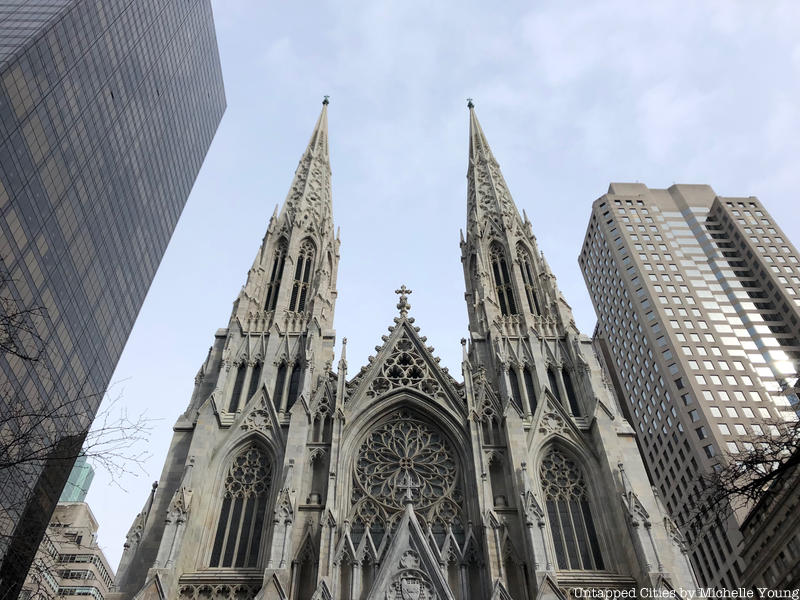4. F. Scott Fitzgerald and The Great Gatsby

The 1920’s classic The Great Gatsby, written by F. Scott Fitzgerald, is less of a love story (as it’s often viewed) and more of a New York City centered horror tale that criticizes the American Dream and its unattainable nature.
F. Scott Fitzgerald was living in New York City when he wrote The Great Gatsby, and much of the book was influenced by his surroundings. Gatsby’s mansion is believed to have been inspired by multiple mansions he visited, including Alva Vanderbilt Belmont’s mansion, the Beacon Towers and Oheka Castle, which was previously a hot spot for Gilded Age parties; it has since been turned into a hotel.
Fitzgerald and his wife Zelda were also married in St. Patrick’s Cathedral and they lived in a suite at the Plaza Hotel until they moved into a rented house in Great Neck which was put up for sale in 2015 for almost four million dollars. Other notable places related to Fitzgerald are Carnegie Hall — featured in The Great Gatsby and home to many jazz performances — and the Museum of the American Gangster, which sheds some light on the Prohibition era, a major influence in Fitzgerald’s novel as well as his personal life as he was an alcoholic.
Today, people throw Great Gatsby-inspired roaring 20’s parties as homage to the decadence and wealth depicted in the novels. Ironically, that’s exactly what Fitzgerald was criticizing in his book. No amount of lavish parties or money made Gatsby happy and none of it was enough to win his true love, Daisy. Gatsby is so caught up in his obsession with a woman he barely knows anymore that he lets his idea of the American dream and the “perfect” girl consume him until it ultimately destroys him.
Also, check out 10 Historic Mansions to Visit on Long Island from the Gold Coast Era.





